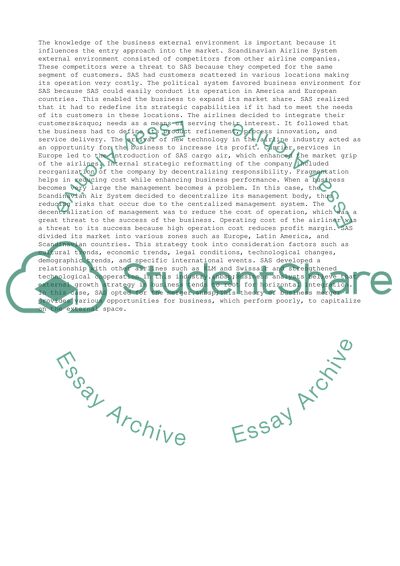Cite this document
(Strategic Management and Competitive Advantage Case Study, n.d.)
Strategic Management and Competitive Advantage Case Study. Retrieved from https://studentshare.org/management/1445128-strategic-management-and-competitive-advantage
Strategic Management and Competitive Advantage Case Study. Retrieved from https://studentshare.org/management/1445128-strategic-management-and-competitive-advantage
(Strategic Management and Competitive Advantage Case Study)
Strategic Management and Competitive Advantage Case Study. https://studentshare.org/management/1445128-strategic-management-and-competitive-advantage.
Strategic Management and Competitive Advantage Case Study. https://studentshare.org/management/1445128-strategic-management-and-competitive-advantage.
“Strategic Management and Competitive Advantage Case Study”, n.d. https://studentshare.org/management/1445128-strategic-management-and-competitive-advantage.


